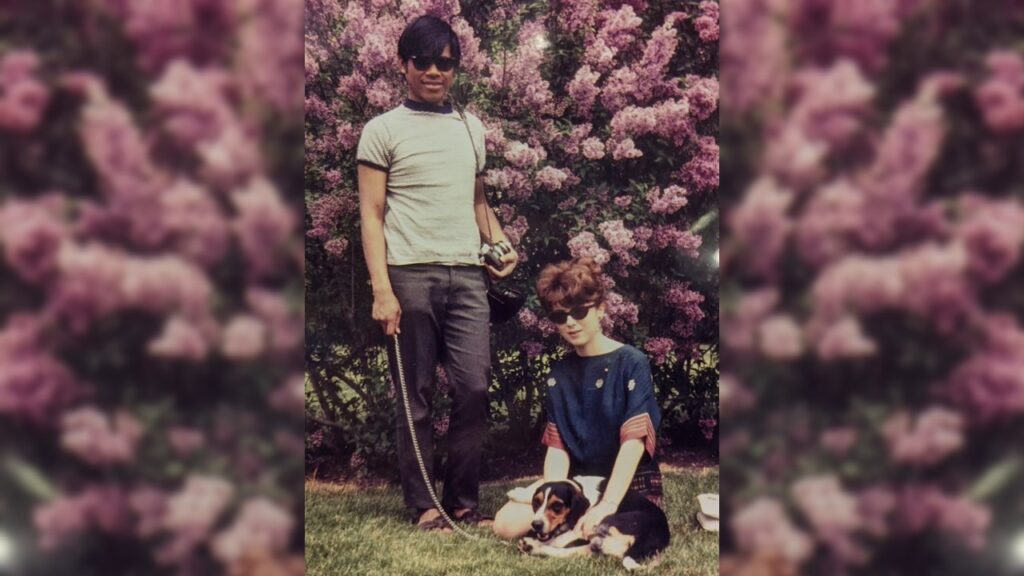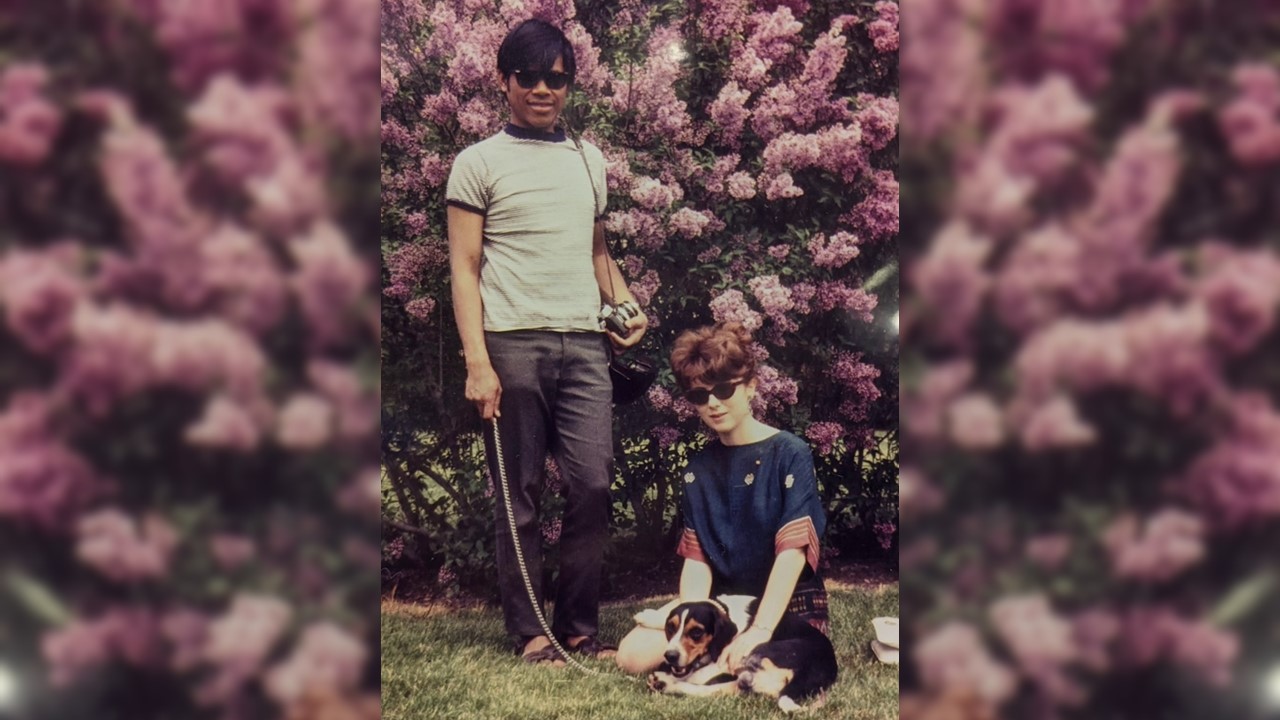Events
Thinking with the Andayas: Histories of (Southeast) Asia in Motion
| Date | : | 05 Jul 2024 |
| Time | : | 10:00 – 12:00 (SGT) |
| Venue | : | Hybrid (Online via Zoom & AS8 04-04) |
| Contact Person | : | LIM, Zi Qi |
Jointly organized by Department of History, Yale-NUS College, NUS Libraries, and Asia Research Institute, National University of Singapore.
CHAIRPERSON
Asst Prof Anthony D. Medrano, Department of History, National University of Singapore
PROGRAMME
| 10:00 | WELCOME REMARKS Asst Prof Anthony D. Medrano | National University of Singapore |
| 10:05 |
PRESENTATION
“Little Thought of in Malacca”: The Peoples of the Eastern Archipelago in the Pre-Modern Melaka Straits
Burma’s Temple Slaves (Hpaya Kyun) in History, Literature, Film, and the Present-Day
A Meeting of Kin: King Kalākaua in the Malay World
The Secrets of Bugis Warriors: Martial Arts, History, and Legacy in Singapore
Seaborne Polities of the Sama Bajau of Indonesia in the Early Modern Period |
| 11:20 | QUESTIONS & ANSWERS |
| 12:00 | END |
ABSTRACT
This seminar celebrates the contributions of Barbara and Leonard Andaya to the fields of Asian studies and Southeast Asian history. It consists of (5) former students of the Andayas who will reflect on what it means to “think with the Andayas” before diving into their research talks.
Timothy P. Barnard (with Grace Mateo): “Little Thought of in Malacca”: The Peoples of the Eastern Archipelago in the Pre-Modern Melaka Straits
In the Suma Oriental, Tome Pires describes the role of peoples from the eastern archipelago in the Straits, Luções or peoples of Luzon, as “little thought of in Malacca”. This account, however, overlooked the important role of communities throughout island Southeast Asia in the Melaka Straits and regional trade culture. Afterall, it was not strange for Magellan’s crew to encounter Malay speaking Muslims in Maluku, Sulu or Mindanao. They may have been “little thought of” in Pires’ Portuguese Melaka, but Malukan and the Philippine communities were well integrated into larger networks, playing a key role in the diverse, but quite similar, regional interactions throughout the early modern period, reflecting the importance of accessing a wide range of diverse sources in the development of our understanding Southeast Asian history.
Bryce Beemer: Burma’s Temple Slaves (Hpaya Kyun) in History, Literature, Film, and the Present-Day
The last decade has seen the rapid development of a new historical sub-field, global comparative slavery, which challenges older foundational ideas and promotes challenging new frameworks for the comparative study of slavery. The first portion of my paper will outline the profound implications of global comparative slavery on the study of labour exploitation in Southeast Asia. I will then transition to a discussion of temple slavery in ancient Burma and modern Myanmar. Temple slavery is an ancient practice. Before the 13th century it appeared in inscriptional records as an honorable form of servitude, but by the 16th century temple slaves were recruited from criminals and war captives and retained a supernatural position as bearers of bad fortune, their status became a transgenerational curse not dissimilar to untouchability. The British colonial government and the post-independence Burmese state sought out policies to reverse continuing discrimination against temple slaves. Their plight became the subject of social justice informed films and literature. This presentation will go over the current state of my research and discuss the troubled status of temple slaves descendants in modern Myanmar.
Celeste Beh: A Meeting of Kin: King Kalākaua in the Malay World
In 1881, the Hawaiian King David Kalākaua became the first sovereign to circumnavigate the globe. When he arrived in different parts of Asia, he suggested daring alliances to their rulers in a bid to gather support and resist against a rapidly expanding West. While he was in Singapore, the King received an unexpected invitation to visit the neighboring state of Johor. During this visit, he formed a close relationship with the Maharajah of Johor, Abu Bakar. This visit would become the backdrop for many extraordinary occurrences such as the exhibition of a Hawaiian feathered cloak and the gifting of a royal order to Abu Bakar. Even after Kalākaua’s world tour concluded, he continued to deepen the unique relationship he shared with Abu Bakar in various ways. The relationships which Kalākaua forged during his world tour, especially with the Maharajah of Johor, showcased experiments in an early form of non-Western alliances within a world that was still very much imperial.
Mohd Effendy: The Secrets of Bugis Warriors: Martial Arts, History, and Legacy in Singapore
This presentation delves into a lacuna within Southeast Asian studies: the martial arts traditions of the Bugis people and their role in their historical dominance. We will explore how the Bugis people fought, examining the unique characteristics of their combat style that allowed them to surpass Malay, Siak, and Sumatran forces in the 17th century as well as furthering our appreciation of how Arung Palakka’s warriors of Bone vanquished the forces of Makassar. We will also investigate the ongoing efforts to preserve these precious martial art traditions within Bugis families in Singapore. Through the lens of ethnography and history, this presentation sheds light on a fascinating aspect of Bugis culture and its enduring legacy in Singapore.
Lance Nolde: Seaborne Polities of the Sama Bajau of Indonesia in the Early Modern Period
This talk focuses on the shifting networks of mobile communities on the seas of Island Southeast Asia, whose role becomes more evident with the expansion of international trade. In the early modern period, nomadic or semi-nomadic sea peoples, such as the Sama Bajau, were an indispensable part of the trading world and were important collectors of products that were in high demand in international markets, such as the corals, pearls, tortoiseshell, bêche-de-mer that underwrote overseas trade, especially with China. Their special position in relation to lowland and coastal kingdoms was a tribute to their incomparable knowledge of the fauna and flora of the ecological world that they inhabited. While scholars have noted such relationships formed between mobile populations and landed states, less attention has been paid to the unique cultural and political unities existing within sea-centred and upland communities themselves. Yet, in the sources it is clear the Sama Bajau possessed and retained their own political structures, often quite different from those of landed kingdoms and formed in accordance with their mobile lifestyle and relationship to their environment. The story of these kinetic polities, their unique forms of internal political and cultural organization, and the relationships they forged with other communities across the region is an important part of Southeast Asia’s history in this dynamic period.
REGISTRATION
Registration is closed, and instructions on how to participate in this hybrid talk has been sent out to registered attendees. Please write to ziqi@nus.edu.sg if you would like to attend the event.



